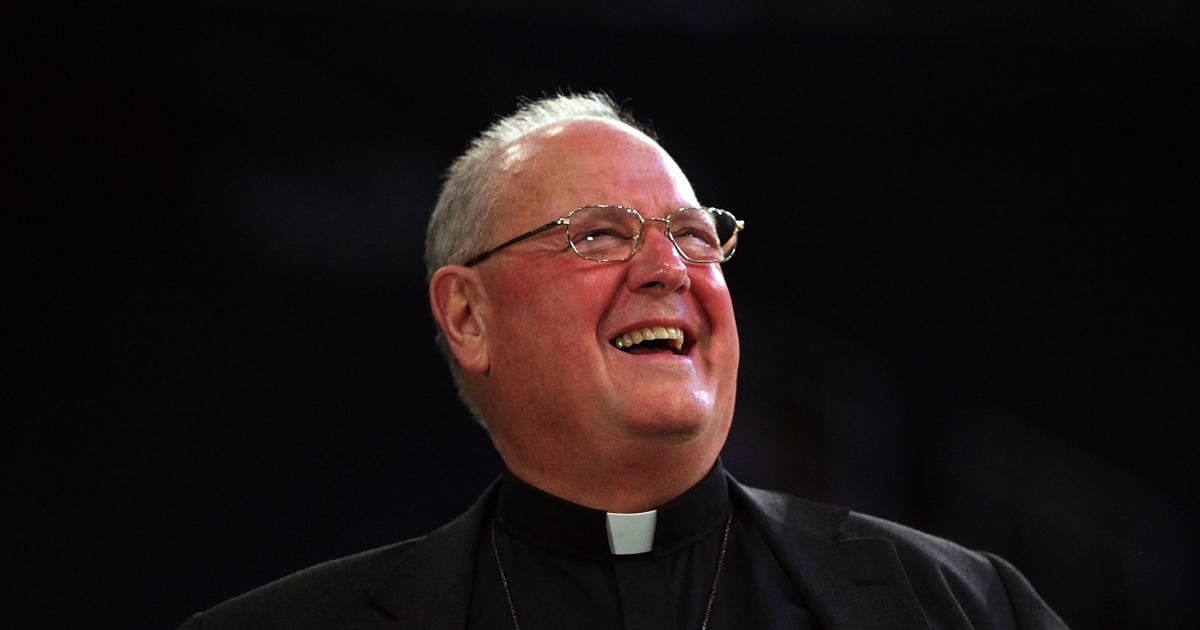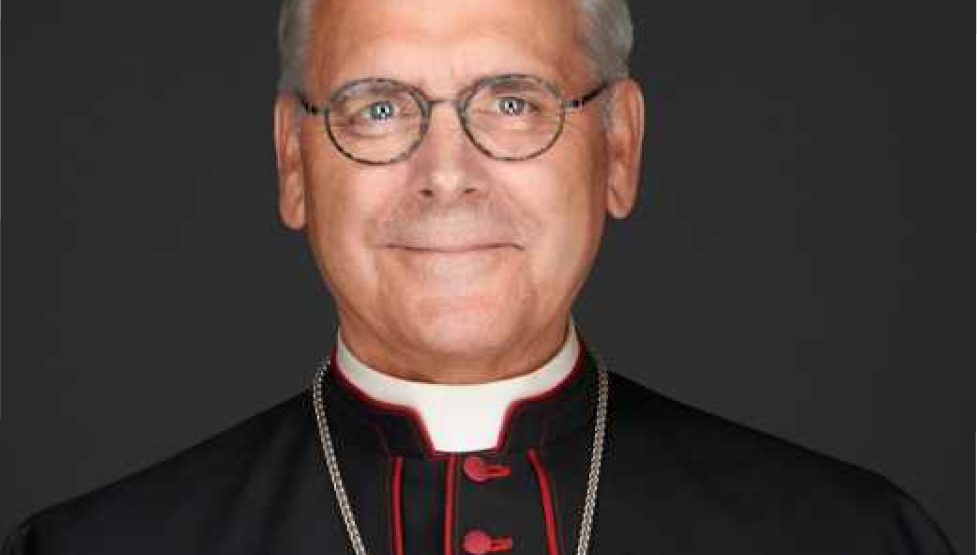Accusations have emerged alledging that the Diocese of Greensburg has issued a blanket prohibition on the celebration of the Novus Ordo Mass in the ad orientem manner – whereby the priest faces the altar rather than the congregation.
The claims were prompted by statements from the Mason‑Dixon Latin Mass Society and the Catholic-media outlet Catholic Sign of the Cross, which is affiliated with LifeSiteNews, that asserted that “according to Bishop Kulick’s office … the ad orientem Novus Ordo Mass has been BANNED throughout the entire diocese".
In response, the Diocese’s Communication and PR Officer, Mr Clifford Gorski, told the Catholic Herald, “No – this information is not accurate and no directives at the diocesan level have been issued on the celebration of the Novus Ordo ad orientem.”
The Mason-Dixon society promptly retorted that "There has been no official communication released by the diocese, but the information was confirmed with Bishop Kulick directly by one parishioner, and with his secretary by a different parishioner, both saying the same thing – that no public ad orientem Novus is permitted.”
If the claims about the ban were accurate, it would raise significant concerns about adherence to liturgical norms. For instance, the Congregation for Divine Worship and the Discipline of the Sacraments made clear in its 2001 “Notitiae” bulletin that “The practice of celebrating the Eucharistic Sacrifice ad orientem … is altogether legitimate and praiseworthy.”
Furthermore, the instruction Redemptionis Sacramentum (25 March 2004) states that a diocesan bishop may encourage, but may not forbid, the priest’s choice of orientation, and that the local custom and pastoral prudence should guide whether Mass is offered facing the people or facing liturgical east.
Historically, celebration ad orientem finds deep roots in Catholic liturgical tradition, and the post-Vatican II norms did not remove the possibility of its use. Indeed the instruction Liturgiam Authenticam (n. 123) reaffirmed the priest’s ability to celebrate either versus populum or ad orientem “according to local custom and pastoral prudence”.
Any diocesan ban would therefore appear to contradict the principle that liturgical orientation remains a matter of legitimate choice rather than any imposition.
At present, the facts in this case remain contested, with the diocese officially denying the issuing of any prohibition, while others claim informal communications from clergy instigating a ban. The Catholic Herald will attempt to seek further clarification from Bishop Kulick’s office and monitor whether any formal directive emerges.
For parishioners who support the ad orientem celebration of the Novus Ordo, the matter carries more than aesthetic and doctrinal weight, as it touches on questions of liturgical freedom, episcopal authority and fidelity to universal Catholic norms.
Photo: Catholicos-Patriarch of the Assyrian Catholic Church of the East Mar Awa III prays before the altar during Christmas Eve Mass at the Cathedral of the Holy Apostles, within the complex of the Assyrian Catholic Patriarchate of the East, in the capital of Iraq's northern autonomous Kurdish region, Arbil, 24 December 2024 (Photo by SAFIN HAMID/AFP via Getty Images)




.jpg)











